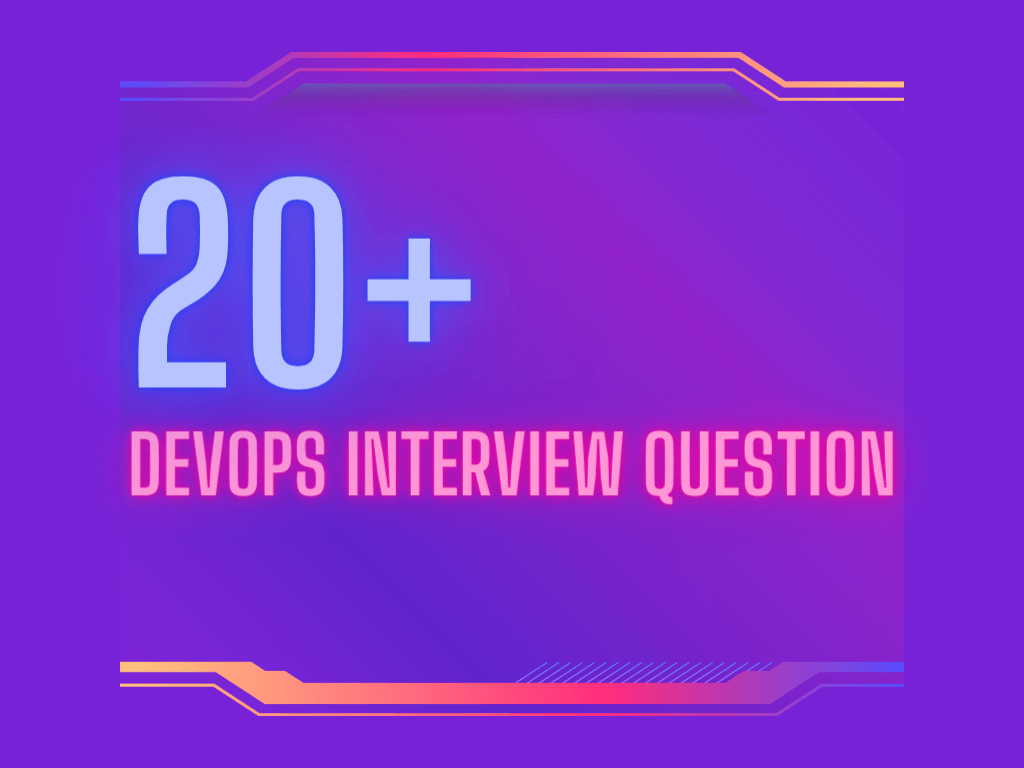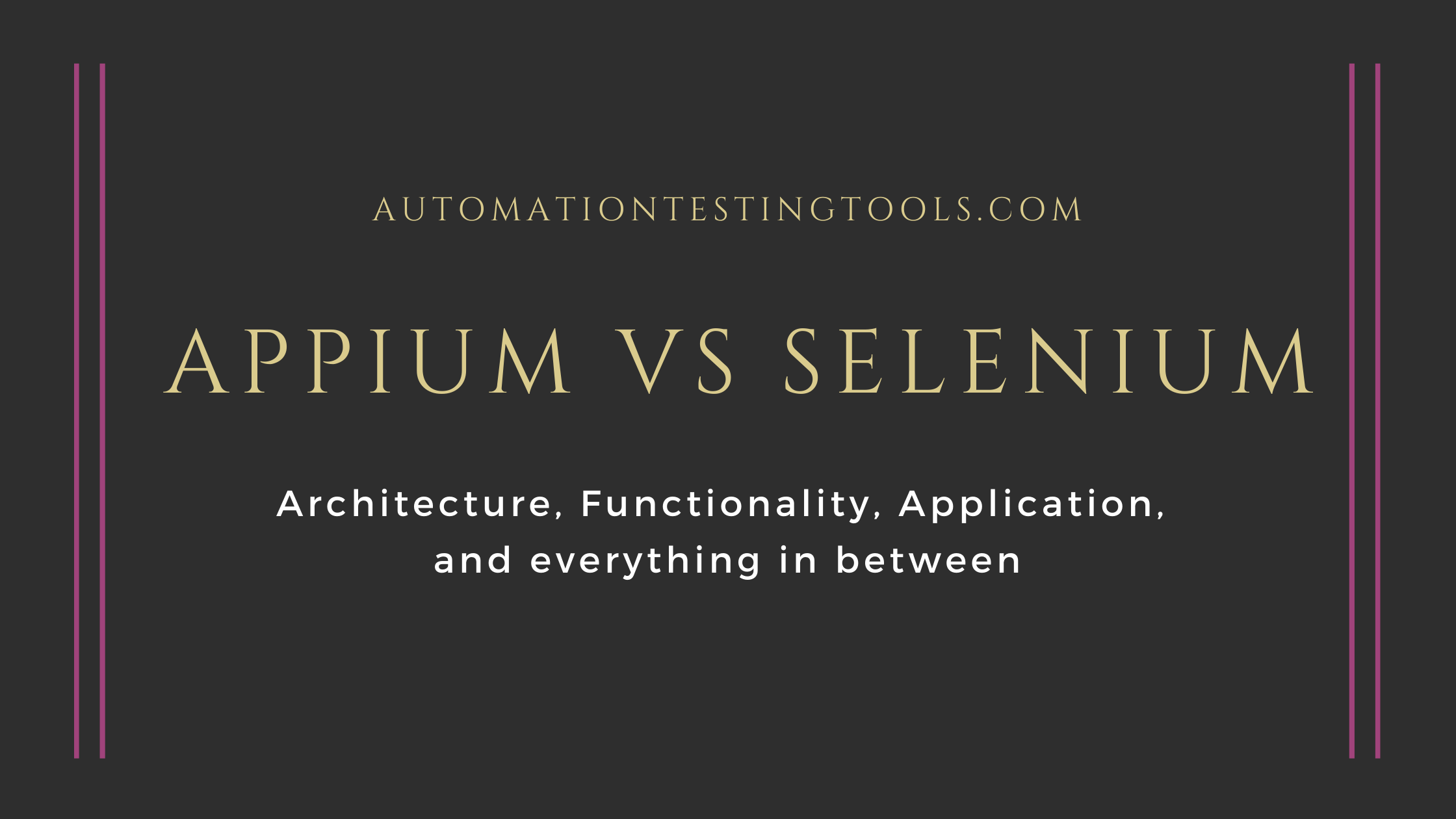DevOps Interview Questions Essentials | The Ultimate list

Many teams have adopted DevOps, the popular software development practice, into their workflow. With large enterprises, including Netflix, Facebook, and Amazon, also following the same path, DevOps-related professions have become one of the most promising career choices for IT practitioners.
While jobs can vary from DevOps engineer, analyst to specialist, an interview in this field requires much more than just technical skills. Understanding the challenge, for better preparation, this blog covers 20+ most common DevOps interview questions to help ace any DevOps interview.
DevOps Terms and Definitions.
1. What is DevOps?
When development (Dev) and operations (Ops) teams communicate, integrate, and collaborate together in the product development process, this culture is called DevOps. This important practice allows teams to enable rapid and continuous product deployment.
2. What is Continuous integration?
Continuous integration (CI) is when changes in code are automatically integrated from many contributors into one shared repository. Here, test automation checks for any conflict between additional codes and the existing codebase. Teams are recommended to apply this primary DevOps practice multiple times a day using the appropriate tool.
3. What is Continuous Delivery?
Continuous Development (CD) works hand in hand with Continuous Integration to complete the deliverable code packages flow. During this process, teams easily develop software in short cycles using automation tools and still ensure that products are ready to be delivered to end-users.
4. What is continuous deployment?
Continuous deployment refers to the process of automatically integrating and delivering code to the release branch after passing each stage of the production pipeline. A successful continuous deployment process requires software artifacts to go through rigorous automated testing tools before deployed into production environments.
5. What is continuous testing and its benefits?
Continuous testing means applying early automated tests as part of the software delivery pipeline to reduce risk and improve code quality. While builds are released in small batches during a CI/CD workflow, frequently manual testing for each delivery definitely burdens teams. Therefore, a routine using automated continuous testing will come in handy and is essential for the DevOps culture.
Continuous testing helps:
- Maintaining the quality and speed of the builds.
- Accelerating the software delivery with an immediate feedback mechanism.
- Tracing errors once they occur in the system.
- Minimizing and evaluating potential business risks proactively.
Read more: Continuous Testing Tools Top List
6. What and why use version control?
Version control, or source control, is the software class that manages all the modifications in source code and stores them in the database. This practice allows developers to compare between versions and make changes whenever they find an error in the code development operating history. Hence, all records must be updated and logged into version control.
7. What is Git?
Git is a popular example of a distributed version control system that trails changes in files. With GitHub as the repository hosting service, Git supports distributed workflows and makes team collaboration easier over time.
Reasons for DevOps Implementation
8. Why DevOps matter and how it benefits teams in software delivery?
Organizations must progress with a more robust and flexible product deployment system to maintain their positions in this competitive market. With features that streamline both the product improvement and continuous update process, DevOps becomes the key for a more mobile and agile software development pipeline.
9. Why DevOps is helpful for developers
Before teams started applying DevOps into their system, a usual workflow for developers would include many procedures — code building, shipping, and integration — before operation teams could proceed to deployment. When receiving feedback, teams might have to restart the whole process again if bugs or errors were found. Besides, their production also includes many manual works and communications between different teams involved.
DevOps application brings the developer’s work down to only building codes with the CI/CD execution automatically taking care of the remaining tasks. Their workflow then combines with the operation team’s which allows better communication and collaboration because of a more transparent and accessible process for all team members.
10. Why has DevOps gained popularity in software delivery recently?
DevOps recent popularity comes from the ability to simplify workflow for organizational operations which increases business values. With the ongoing development of technology, companies must implement the appropriate practices, like DevOps and Agile approaches, that are able to benefit their operations and stand out among other competitors. For better understanding, both Netflix and Facebook’s current achievements are two best examples of how companies apply DevOps’ features with a continuous deployment strategy to grow significantly without disrupting the ongoing operations.
11. What are the benefits of CI/CD?
Good execution of Continuous Integration and Continuous Delivery would benefit both sides of the market, the producers and consumers. The CI/CD pipeline application combines all code changes into one single repository while running them through automated tests. This results in having fully developed products ready to be released at all times. Accordingly, faster development and product updates would lead to higher customer satisfaction.
12. What are some benefits of continuous delivery?
Manual release of code changes allows teams to have full control over the product, which in some cases creates a promotional strategy with clear business objectives.
IT professionals can also leverage automation to repeat mundane tasks and focus more on product improvement without worrying about the integration process.
13. What are some benefits of continuous deployment?
Continuous deployment helps developers to focus on the product more since the final procedure is to review thoroughly before merging them to the master branch. This application smoothens and shortens deployment duration with immediate fixes for newly released features after passing the automated tests.
With each release delivered in small batches, customers will evaluate the quality and bug fixes,if found, are now easier to handle.
How to Effectively Implement DevOps
14. Define a typical DevOps workflow in four stages
- Version control: Stores and manages different versions of the source code
- Continuous Integration: When developers finish building the code, they proceed to compile and validate. The results then go through code review, unit and integration testing.
- Continuous Delivery: With automed release and testing processes ensure a faster and more sustainable new release for end users.
- Continuous Deployment: After passing all testing requirements, the production server then automatically deploys the application for release.
Read more: From DevOops to DevOps | Best Strategies to Implement for Your Team
15. What are the core operations of DevOps?

With regard to development and infrastructure, the core operations of DevOps include:
- Software development:
- Code building
- Code coverage
- Unit testing
- Packaging
- Deployment
- Infrastructure:
- Provisioning
- Configuration
- Orchestration
- Deployment
16. What are some precautions that teams need to consider before implementing DevOps?
DevOps can benefit organizations entirely. But these few misconceptions can result in undesirable outcomes when implementing this practice:
- Rather than just new applications of tools or “department,” DevOps requires both the development and operation teams to work together with a mutual framework.
- Organizations must have a clear vision and strategy when applying DevOps into their workflows. This would avoid confusion and help teams to proceed with a proactive approach.
- Successful application of DevOps doesn’t mean that teams are done. The management team needs to come up with a long-term plan to treat potential problems and failures as valuable lessons for the whole organization to learn and improve later on.
17. What role does the SCM team play in DevOps?
Software Configuration Management, or SCM, tracks and records the development environment, meaning all the modifications in the operating system.
In DevOps, SCM is built as code under the umbrella of Infrastructure as Code practice.
SCM simplifies the developer’ tasks by automatically managing the configuration process. The process, now in the new machine-readable version, can automatically duplicate and standardize itself.
18. What role does the Quality Assurance (QA) team play in DevOps?
The significantly increasing demand for DevOps practices in today’s world does not affect the important role of Quality Assurance (QA) teams. Test Automation brings a lot more benefits to teams and this would only change the working environment and expertise required for QA jobs related. Thus, QA teams need to focus more on the trends and how to grow professionally.
In DevOps, QA teams keep track of the stability of continuous delivery practices. While test automation and repetition can not perform exploratory testing, this falls into the QA teams’ responsibility as well. Another important note is that QA teams know how to assess and detect the most valuable tests to mitigate bugs in the last steps of release.
19. What are some DevOps tools?
A typical DevOps lifecycle includes six distinct phases of product development which requires different tools to support:
- Continuous Development: Git, SVN, Mercurial, CVS, Jira
- Continuous Integration: Jenkins, Bamboo, Hudson
- Continuous Delivery: Nexus, Archiva, Tomcat
- Continuous Deployment: Puppet, Chef, Docker
- Continuous Monitoring: Splunk, ELK Stack, Nagios
- Continuous Testing: Selenium, Katalon Studio
20. How do you change management in DevOps practices?
To make changes in management, teams need to integrate with DevOps’ practices. This could be divided into three following steps:
- Collect the intended changes into a single platform to simplify the process and avoid problems or management incidents.
- Make sure that employees or team members are on the same page by pushing out clear guidelines in terms of accurate and appropriate communication and internal information. Having an established policy would help prevent potential risk and shorten the changing period
- Organizations then need to apply automation into their process while integrating with DevOps software.
21. Ready for Your Next DevOps Interview?
In reality, there can be many more DevOps interview questions and they vary in different formats. Still, we hope this blog helps prepare you with the knowledge of DevOps as well as CI/CD to ace your interview.
Our team will work on updating this list as soon as possible. Please feel free to let us know if you have any suggestions or questions on this topic. And finally, we wish you all the best in your testing career.
Read more:
Introduction to Automation Testing
Mobile Testing Interview Questions.
Top 30+ DevOps Interview Questions.















